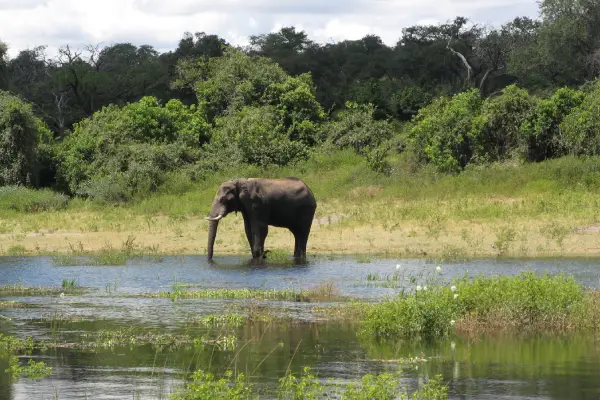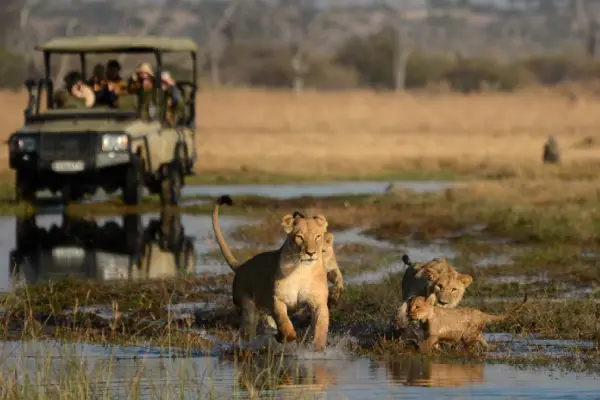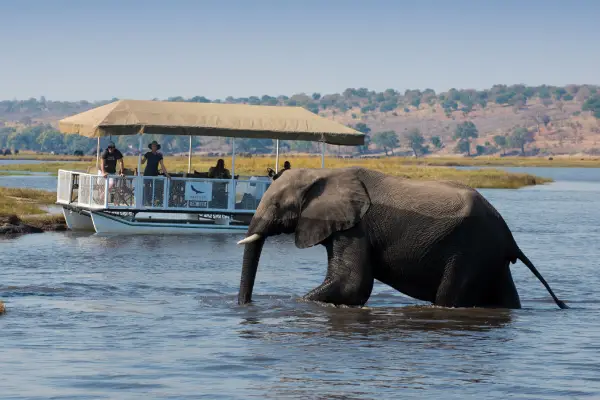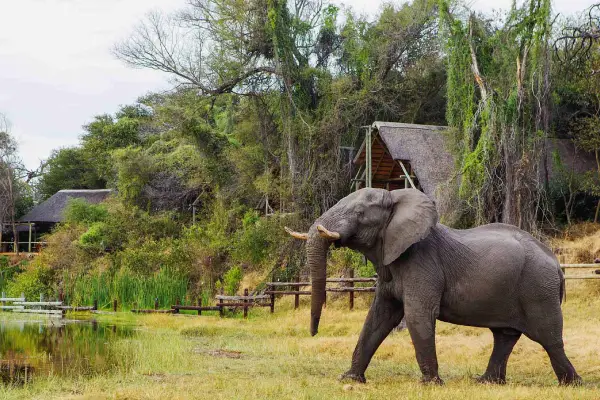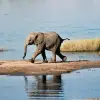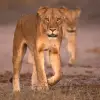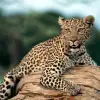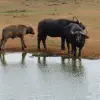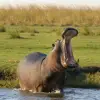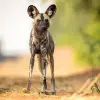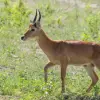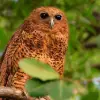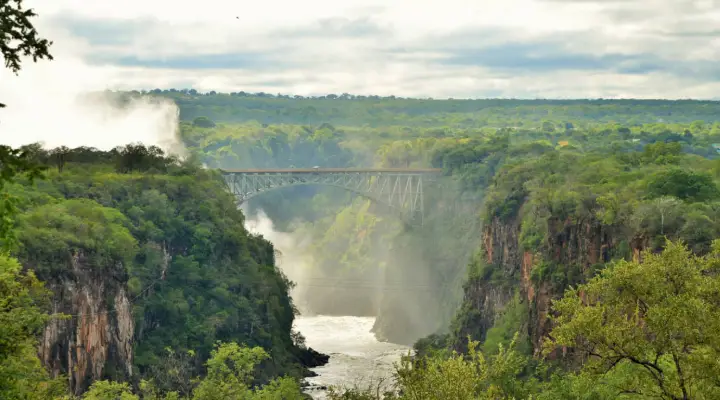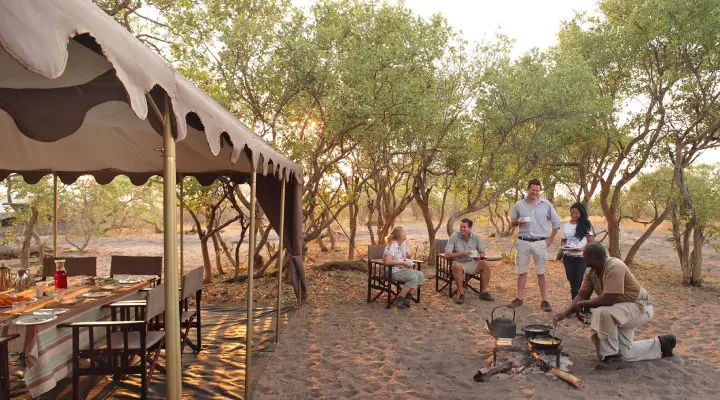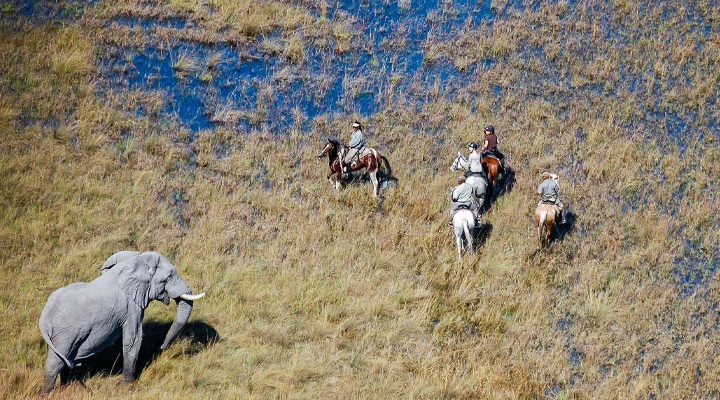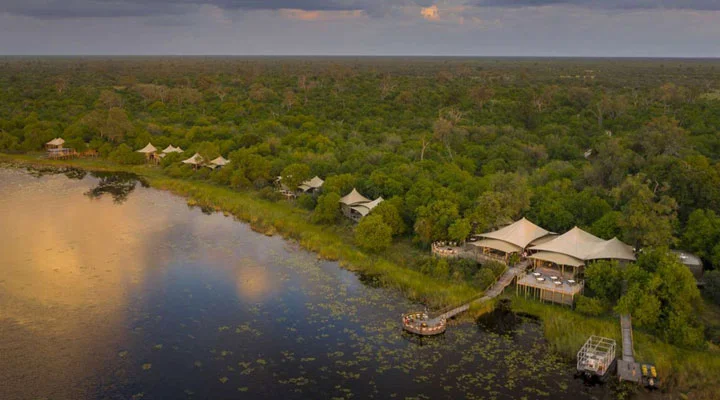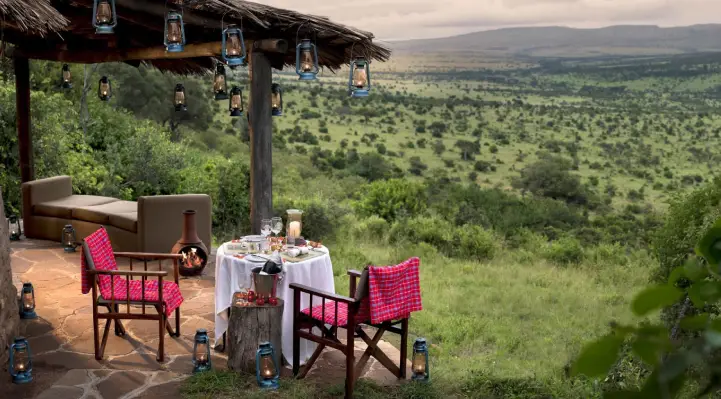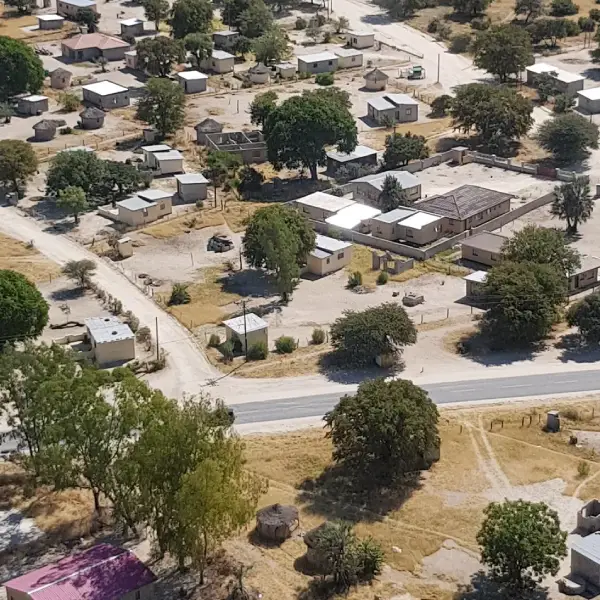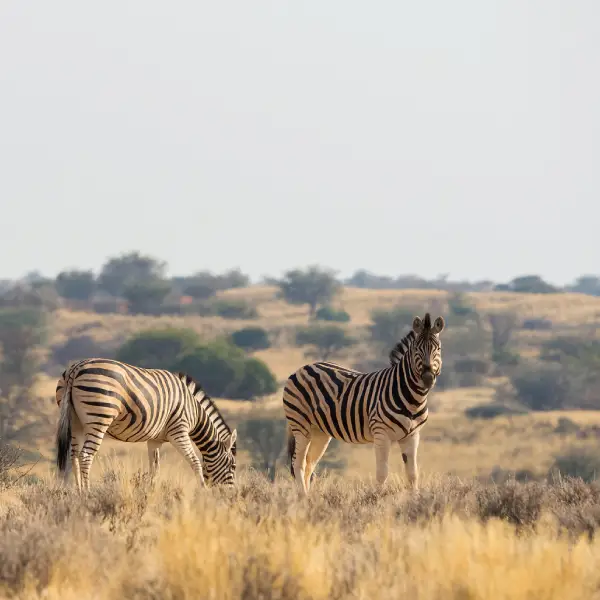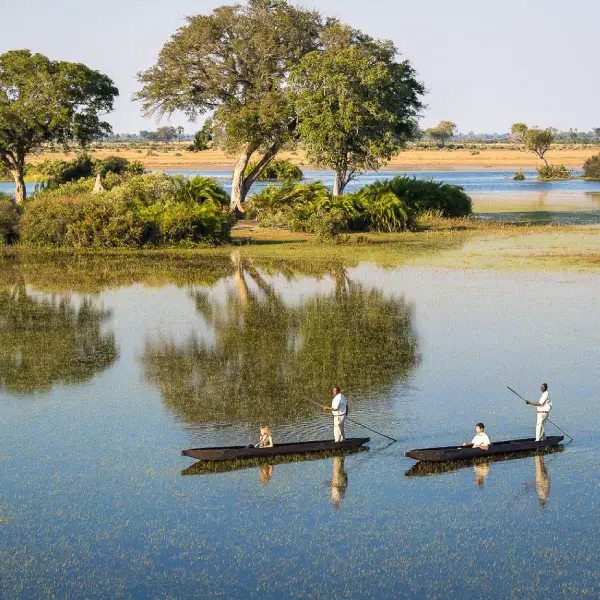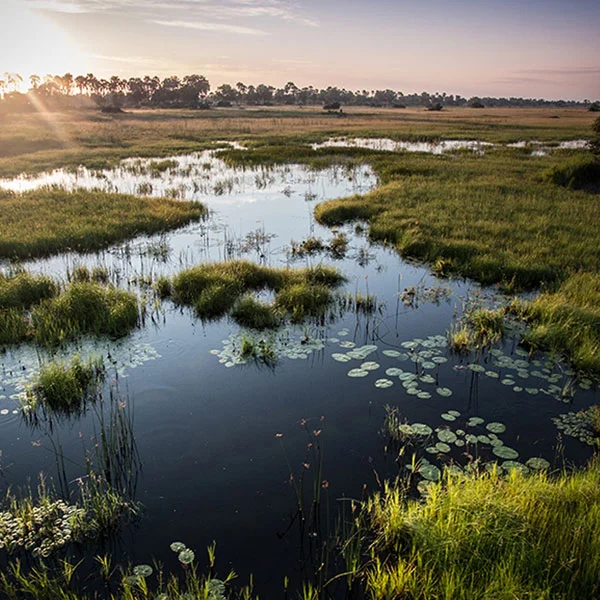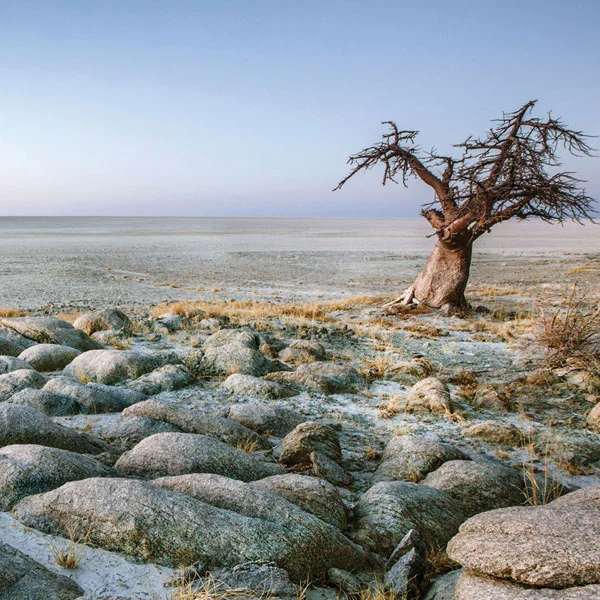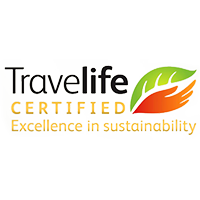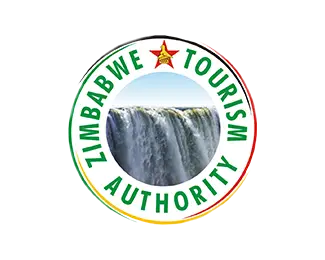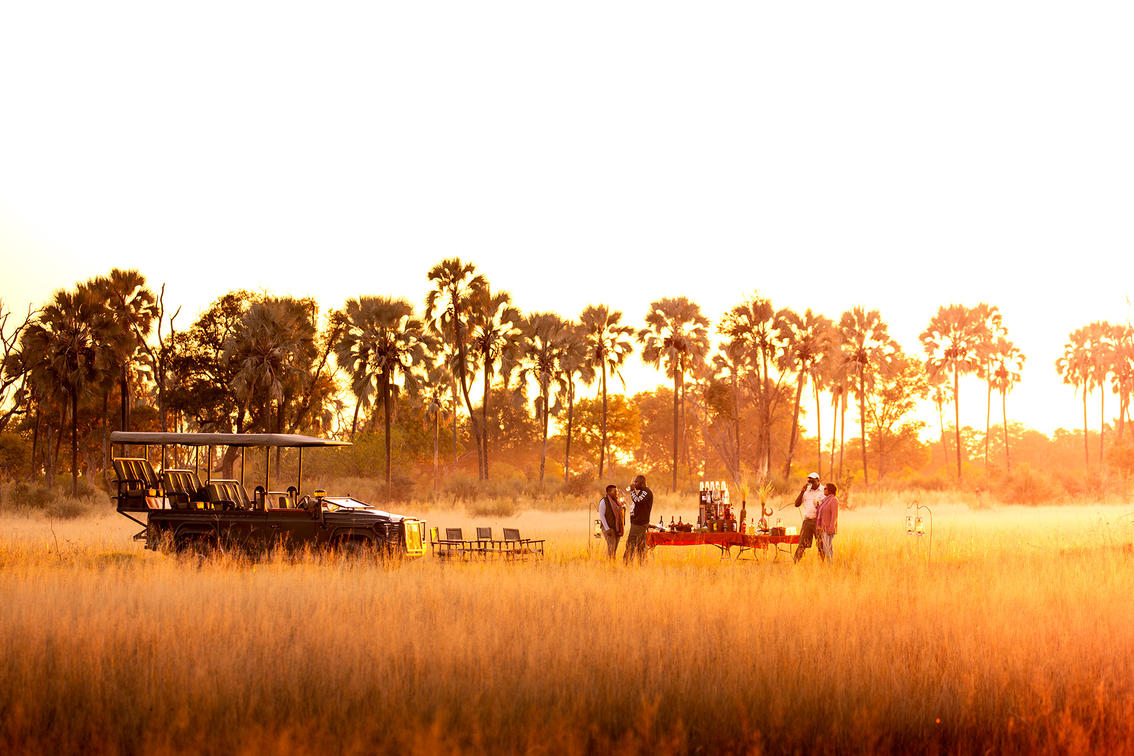In January, Botswana's lush, rainy season is in full swing. This leads to spectacular birdwatching and the dramatic zebra and wildebeest migration in the Makgadikgadi salt pans.
Despite the rains, which usually occur in the evenings, the landscape bursts with life. This is an excellent time for those interested in avian species and witnessing the migration at a budget-friendly rate.
February continues the rainy season with lush landscapes and vibrant wildlife, especially active with newborns. The rains create natural waterholes, though they can make spotting larger game challenging due to thicker vegetation.
In the Central Kalahari Game Reserve, game viewing starts to improve as animals begin to seek out water sources. With lower visitor numbers, it's a quieter time for a visit with good camp availability.
By March, the rains start to diminish, but the landscape remains green and teeming with life. Wildlife begins to migrate northward, making it an excellent time to visit the Central Kalahari Game Reserve, where water-filled pans attract numerous animals and predators.
With fewer tourists and still moderate rates, it's a great time to experience Botswana’s natural beauty with less crowd.
April sees the end of the rains, leaving behind a lush, green environment and cooler nights. Wildlife viewing is on the rise, especially in the Central Kalahari and Savute regions, known for their predator-prey interactions.
With the landscape transitioning and night temperatures dropping, it’s an appealing time just before the peak season starts.
May mark the onset of drier conditions, making it a popular time for visitors as water levels begin to rise in the Okavango Delta due to floods from Angola.
Cooler morning and evening temperatures make for comfortable game drives, and increasing predator activity enhances game-viewing experiences.
It's the last month before high season rates apply, making early bookings essential.
June welcomes the dry season with clear skies and cooler temperatures, ideal for photography and wildlife viewing as animals start congregating around scarce water sources.
The visibility improves as the grass dies back, particularly enhancing game viewing in the Kwando-Linyanti areas.
However, expect higher rates and fewer accommodations available due to rising tourist numbers.
July offers some of the best wildlife viewing conditions, with cold mornings and evenings but comfortable daytime temperatures.
As water sources dwindle, animals frequent the remaining ones more often, making sightings easier and more frequent, especially in high-density areas like the Chobe Riverfront and Khwai. Despite the crowds, the experience is rewarding with peak season rates applying.
In August, Botswana becomes a prime wildlife-watching spot with dry conditions and cooler nights.
The waterholes attract dense concentrations of animals, making game drives exceptionally rewarding.
This month coincides with the European summer holidays, so planning is crucial as camps are often fully booked and rates are at their highest.
September sees warmer days but the nights remain cool. The drying landscape enhances visibility for game viewing, making it excellent for spotting large herds of elephants and buffalo in the Chobe region.
Bird migration begins, adding to the area’s rich biodiversity. High visitor numbers continue, maintaining peak rates and full accommodations.
October, one of the hottest months, presents exceptional game-viewing opportunities as animals gather at the few remaining water sources.
The landscape is dry and sparse, providing clear views of wildlife, though the heat can be intense, and the early rains may start by month's end. This is the last peak month before conditions start shifting towards the wet season.
With the onset of rains in November, temperatures drop, and the landscape gradually turns green again.
This transitional month offers the last chance for excellent game viewing before animals disperse due to widespread water availability.
It’s also a fantastic month for birdwatchers, as migratory species arrive, enhancing the region's biodiversity.
December marks the full onset of the rainy season, making wildlife more dispersed and harder to spot.
However, unique sightings are still possible, especially in areas like the Makgadikgadi Pans, where breeding flamingos gather in large numbers.
This period offers lower rates at many camps, making it an attractive time for those willing to face the unpredictable weather for unique wildlife experiences and quieter safari conditions.

